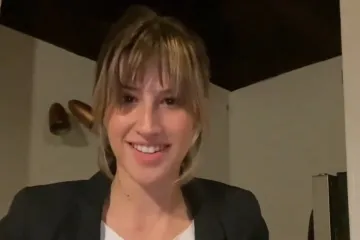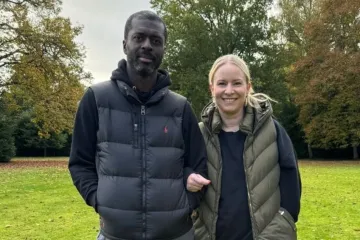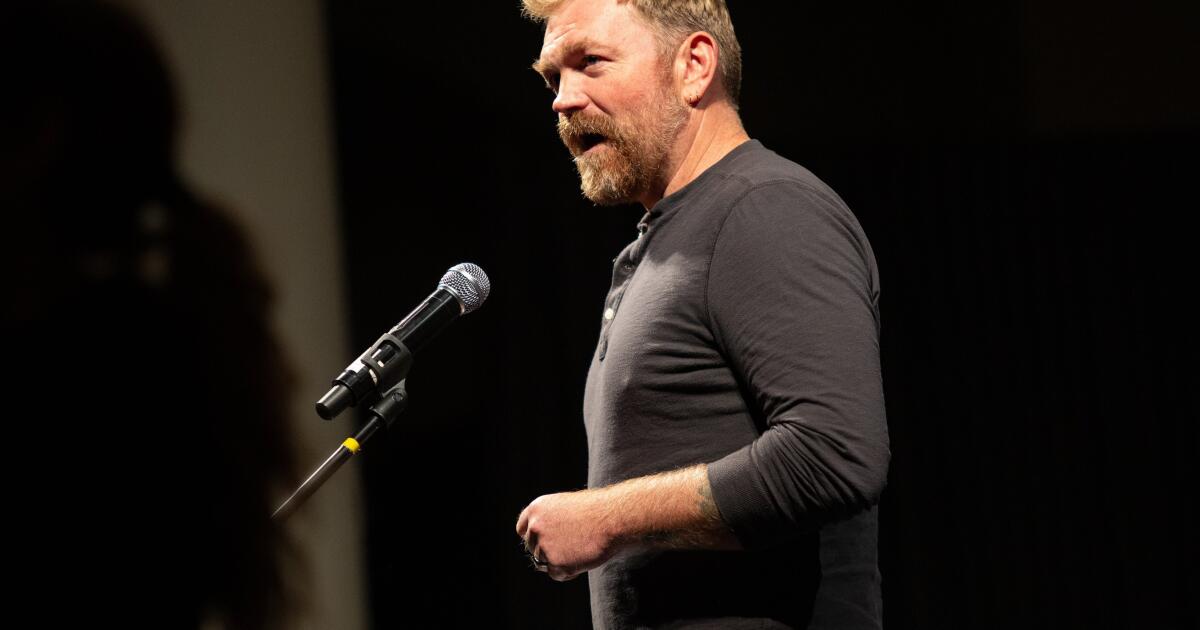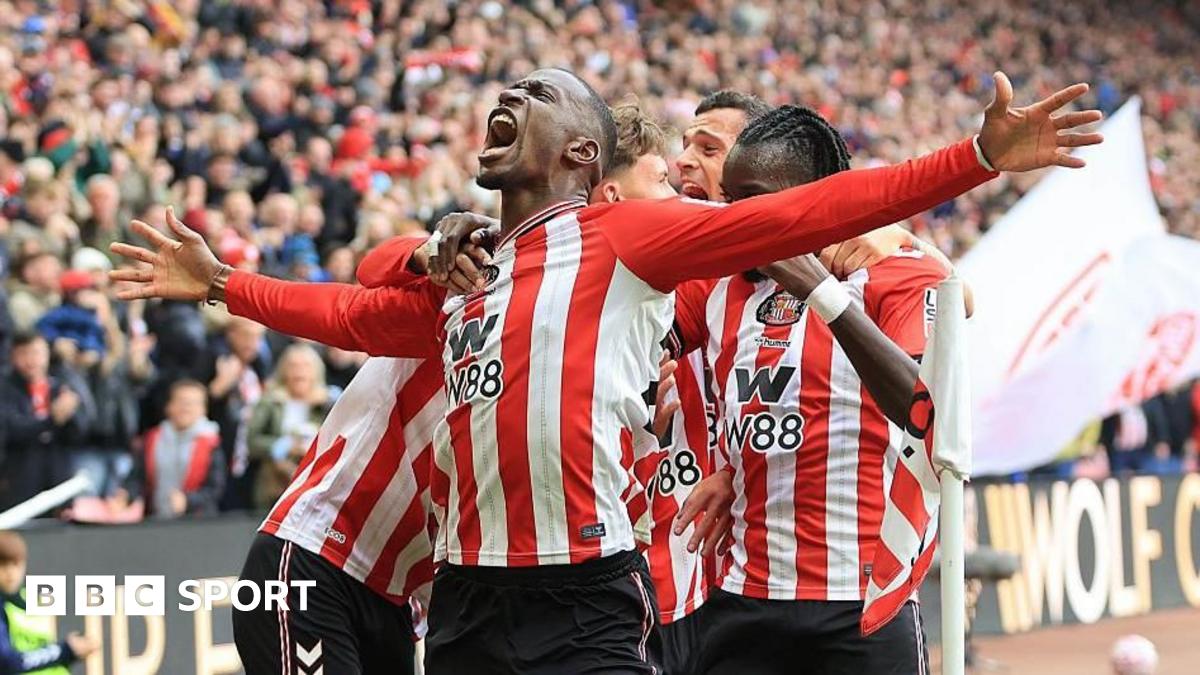What is the Beez in the Trap trend, and when were the Nicki Minaj and 4 Non Blondes’ songs released?
ANOTHER TikTok trend has taken off, this time featuring a combo of iconic tracks from different genres and eras.
Here’s everything you need to know about the Beez in the Trap trend, which is clocking up tens of millions of views and spawning hundreds of thousands of videos.
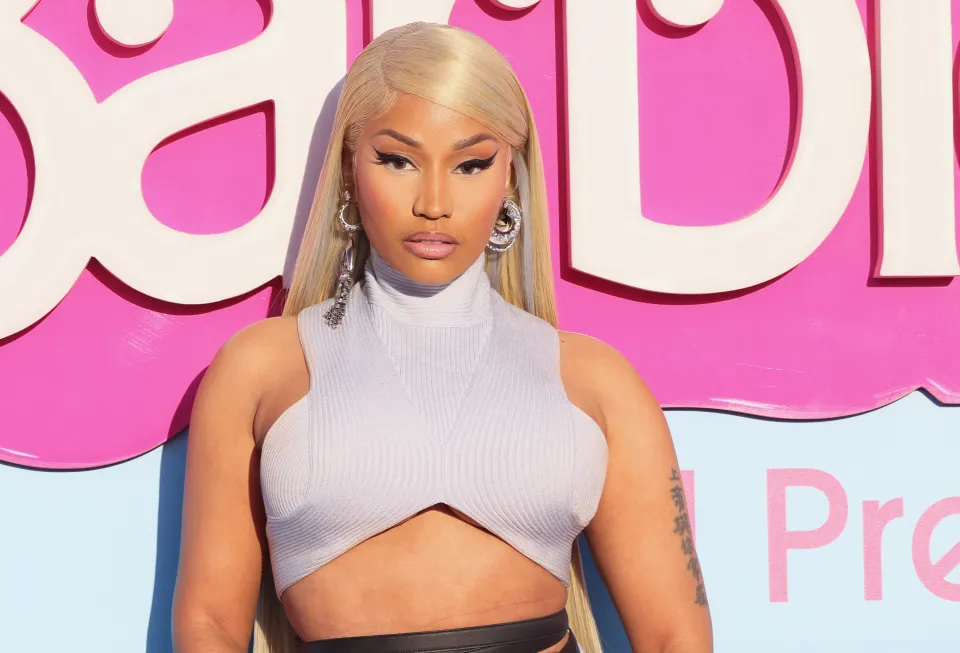
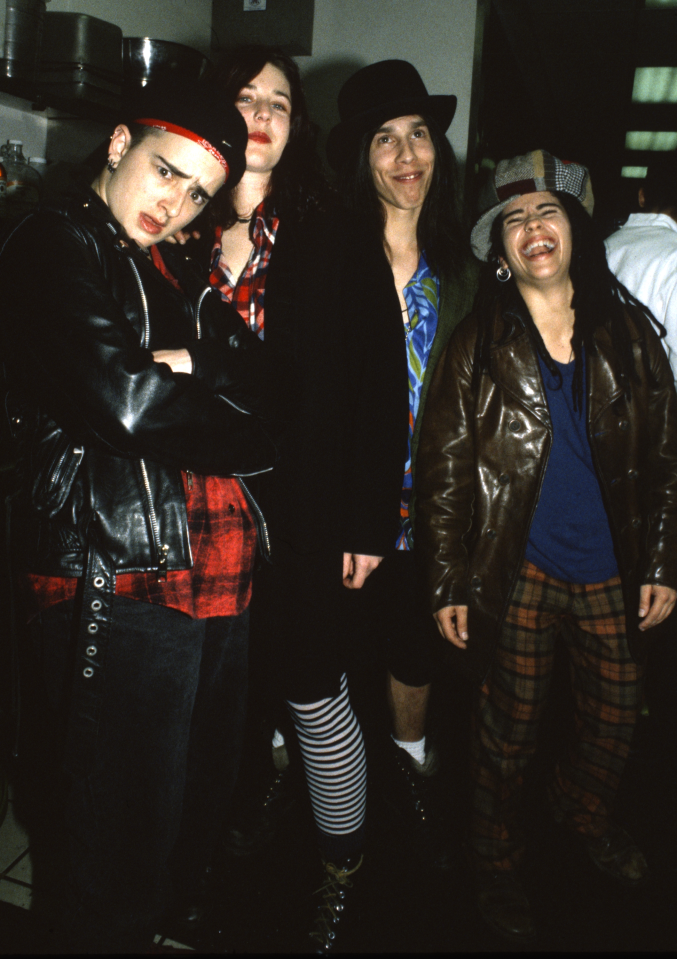
What is the Beez in the Trap trend?
The Beez in the Trap trend is a viral TikTok phenomenon combining two iconic tracks.
The mashup has produced a surge of videos, with participants lip-syncing lines from both songs in a duet or surprise reveal.
As of October 2025, it is one of the platform’s most popular viral sounds.
The remix at the heart of the trend was originally made by TikToker DJ Auxlord in August 2025, but didn’t explode online until a few months later.
read more on tiktok trends
What were the original songs?
The original songs fuelling this trend come from different genres and eras – Nicki Minaj’s 2012 hip hop single Beez in the Trap and 4 Non Blondes’ 1993 alternative rock hit What’s Up.
Beez in the Trap, featuring rapper 2 Chainz, was released on May 29, 2012 as a single from her second studio album Pink Friday: Roman Reloaded.
Minaj said the phrase “I beez in the trap” means she’s always making money, as she explained on the Graham Norton Show when the song came out.
During the interview, Minaj clarified that “beez” is slang for “I am always” and “the trap” refers to any place where money is made.
The other single, 4 Non Blondes’ What’s Up, was released on June 11, 1993 and went on to become one of the decade’s definitive rock anthems.
Written and sung by Linda Perry, the song’s rallying chorus of “what’s going on?” became ingrained in pop culture.
The mashup has brought both songs new attention on social media.
The clips usually begin with someone lip-syncing the opening line from What’s Up over the beat of Minaj’s track.
The focus then swaps to another participant, who delivers Minaj’s razor-sharp hook.
As of November 28, 2025, the trend has seen over 600,000 TikTok videos created.
It has been embraced by both of the original artists, with 4 Non Blondes’ Linda Perry telling Rolling Stone it is “ridiculous in all the best ways”.
What celebrities have been doing the trend?
Education advocate and youngest-ever Nobel Peace Prize laureate Malala Yousafzai joined Jimmy Fallon on The Tonight Show for a rendition, which has been viewed over 73million as of November 28, 2025.
Sabrina Carpenter and Marcello Hernandez did a version that has so far been viewed over 18million times.
Other major celebs taking part in the trend include rapper Ice Spice with PinkPanthress and Quen Blackwell, while Jennifer Lopez and former 4 Non Blondes singer Linda Perry – who sang the vocal on the original – have joined in on the fun.
Kylie Jenner and Khloe Kardashian have also had a go, as well as Gordon Ramsay, his wife Tana and daughter Tilly.

